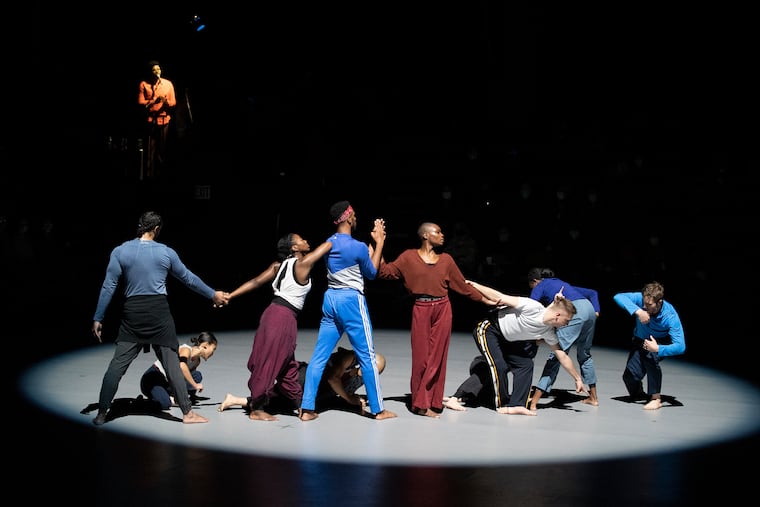Bill T. Jones/Arnie Zane Company unveils new piece at the Mann Center
The performance was also the public debut of a new black-box-type space that puts both performers and audience on the main stage.

The performance was also the public debut of a new black-box-type space that puts both performers and audience on the main stage.
